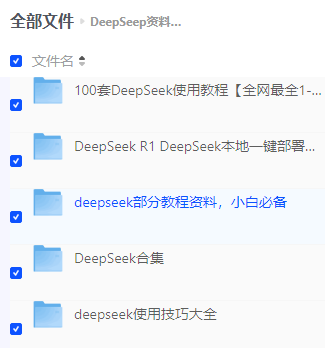SpringBoot使用Redis快速开始教程
SpringBoot使用Redis快速开始教程
文章目录
版本环境介绍
-
springboot 2.6.4
-
jdk1.8
-
redis 5.0.10
开始前准备

- 创建springboot项目时,勾选LomBok,Redis
搭建环境
- 创建对象,用于模拟数据
package cn.kgc.model;import lombok.AllArgsConstructor;import lombok.Data;import lombok.NoArgsConstructor;@AllArgsConstructor@NoArgsConstructor@Datapublic class Users { private Integer id; private String name; private Integer age;}- 创建Redis序列化配置工具类
package cn.kgc.redisconfig;import org.springframework.context.annotation.Bean;import org.springframework.context.annotation.Configuration;import org.springframework.data.redis.connection.RedisConnectionFactory;import org.springframework.data.redis.core.RedisTemplate;import org.springframework.data.redis.serializer.GenericJackson2JsonRedisSerializer;import org.springframework.data.redis.serializer.RedisSerializer;import org.springframework.data.redis.serializer.StringRedisSerializer;@Configurationpublic class MyRedisConfig { @Bean(name = "redisTemplate") public RedisTemplate<String, Object> redisTemplate(RedisConnectionFactory redisConnectionFactory){ RedisTemplate<String, Object> redisTemplate = new RedisTemplate<>(); 参照StringRedisTemplate内部实现指定序列化器 redisTemplate.setConnectionFactory(redisConnectionFactory); redisTemplate.setKeySerializer(keySerializer()); redisTemplate.setHashKeySerializer(keySerializer()); redisTemplate.setValueSerializer(valueSerializer()); redisTemplate.setHashValueSerializer(valueSerializer()); return redisTemplate; } private RedisSerializer<String> keySerializer(){ return new StringRedisSerializer(); } //使用Jackson序列化器 private RedisSerializer<Object> valueSerializer(){ return new GenericJackson2JsonRedisSerializer(); }}- 添加 application.properties 配置数据
## 是否启动日志SQL语句 spring.jpa.show-sql=true # Redis 数据库索引(默认为 0) spring.redis.database=0 spring.redis.host=localhost spring.redis.port=6379 # Redis 服务器连接密码(默认为空) spring.redis.password= # springboot 2.0 redis默认客户端已换成lettuce # 连接池最大连接数(使用负值表示没有限制) 默认 8 spring.redis.lettuce.pool.max-active=8 # 连接池最大阻塞等待时间(使用负值表示没有限制) 默认 -1 spring.redis.lettuce.pool.max-wait=-1 # 连接池中的最大空闲连接 默认 8 spring.redis.lettuce.pool.max-idle=8 # 连接池中的最小空闲连接 默认 0 spring.redis.lettuce.pool.min-idle=0 spring.redis.timeout=5000完成测试,编写测试类
package cn.kgc;import cn.kgc.model.Users;import org.junit.jupiter.api.Test;import org.springframework.beans.factory.annotation.Autowired;import org.springframework.boot.test.context.SpringBootTest;import org.springframework.data.redis.core.BoundHashOperations;import org.springframework.data.redis.core.RedisTemplate;import java.util.HashMap;import java.util.Map;@SpringBootTestclass SpringbootRedisApplicationTests { @Autowired private RedisTemplate redisTemplate; @Test public void test(){ redisTemplate.opsForValue().set("test","您好"); System.out.println(redisTemplate.opsForValue().get("test")); redisTemplate.opsForValue().set("MyTests", "好的"); System.out.println(redisTemplate.opsForValue().get("MyTest")); Map<String, Object> map = new HashMap<>(); for (int i=0; i<10; i++){ Users user = new Users(); user.setId(i); user.setName(String.format("测试%d", i)); user.setAge(i+10); map.put(String.valueOf(i),user); } redisTemplate.opsForHash().putAll("测试", map); BoundHashOperations hashOps = redisTemplate.boundHashOps("测试"); Map map1 = hashOps.entries(); System.out.println(map1); }}



